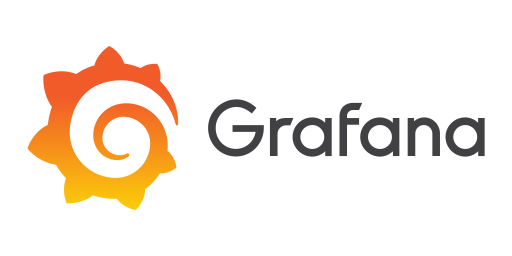Grafana — Dashboards That Make Metrics Human
Why It Matters
Raw metrics aren’t useful until someone can read them. Grafana became popular because it takes time-series data from many sources and turns it into dashboards people can actually use. Instead of flipping through logs or squinting at plain numbers, admins, developers, and managers see graphs, alerts, and panels that tell the story of how systems behave.
How It Works in Practice
Grafana itself doesn’t store data. It connects to backends like Prometheus, InfluxDB, Elasticsearch, or cloud monitoring APIs.
– Users build dashboards in a web interface.
– Queries fetch data in real time, drawn as charts or tables.
– Alerting rules can trigger notifications when thresholds are crossed.
In many companies, Grafana becomes the “single pane of glass” — one screen that merges metrics from servers, applications, and business KPIs.
What It Connects To
– Prometheus: the most common pairing in Kubernetes setups.
– Time-series DBs: InfluxDB, VictoriaMetrics, TimescaleDB.
– ElasticSearch / Loki: for logs.
– Cloud APIs: AWS CloudWatch, Azure Monitor, Google Cloud Monitoring.
– Custom sources: through plugins, nearly anything with a query interface can show up.
Interfaces and Extensions
Grafana is known for its flexibility:
– Dozens of community plugins for panels and datasources.
– Annotations let teams mark incidents or deployments directly on graphs.
– Teams edition adds user management, RBAC, and reporting.
Admins often extend it with Loki for logs and Tempo for traces, building a full observability stack.
Deployment Notes
– Single binary or Docker for quick starts.
– Helm charts for Kubernetes clusters.
– Cloud-hosted Grafana Cloud for those who don’t want to manage it.
– Configs can be stored as code (JSON or YAML) for versioning dashboards.
In practice, many teams prototype dashboards in the UI and later export them into Git repos for reproducibility.
Security and Reliability
– Supports SSO, LDAP, OAuth for authentication.
– TLS encryption for connections.
– Role-based permissions to limit access to sensitive dashboards.
– Lightweight enough to run on a small VM but scales horizontally in enterprise setups.
Where It Fits Best
– Kubernetes or container-heavy environments needing Prometheus dashboards.
– Mixed IT where metrics come from different tools but need one UI.
– Business monitoring, where teams want to show KPIs next to technical stats.
– Operations centers that rely on large wallboards.
Known Drawbacks
– No data storage — it always depends on backends.
– Alerting is powerful but tied to the data source quality.
– Dashboards can get cluttered without careful design.
– Too many plugins sometimes complicate upgrades.
Snapshot Comparison
| Tool | Role | Strengths | Best Fit |
|————-|—————-|——————————|———-|
| Grafana | Visualization | Flexible, multi-source | Enterprises, DevOps, hybrid IT |
| Kibana | Elastic UI | Tight Elasticsearch link | Log-heavy users |
| Prometheus | Metrics DB | Strong in container metrics | Cloud-native setups |
| Zabbix | NMS + dashboards| All-in-one monitoring | Enterprises needing single suite |

